Hamburg – The Pearl of the North
Our personal highlights of the port city
With about 2 million inhabitants the port city of Hamburg is the second largest city in Germany. With 4,500 bridges – more than in Venice, Amsterdam and London together, Hamburg is called the bridge city. In addition to the Elbe, which merges with the North Sea, there is the beautiful Alster. It offers a breathtaking view of the most beautiful parts of the city, especially through the charming canals.
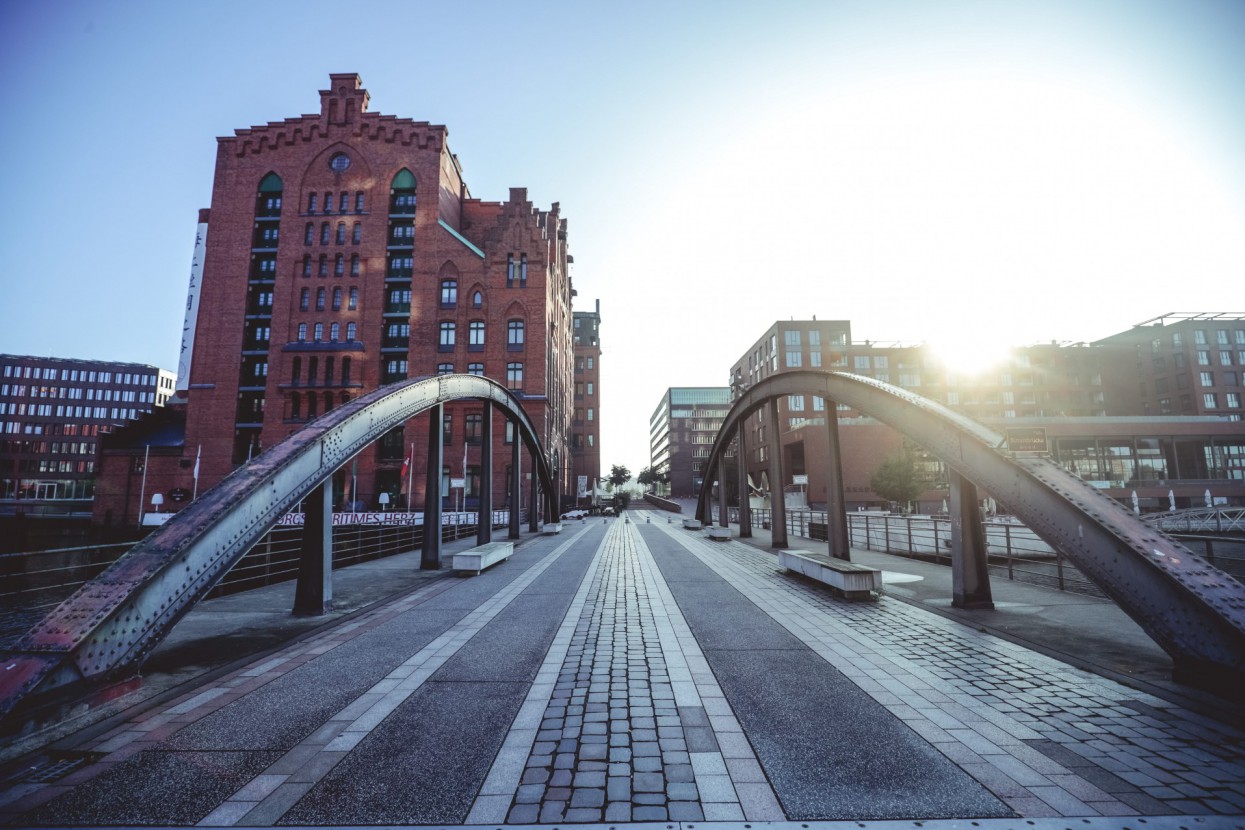 Hamburg has been the center of European trade since its accession to the Hanseatic League in the Middle Ages. This brought enormous wealth to the city and left a rich cultural and historical heritage. The spirit of the sea and the traditions of the Hanseatic League characterize Hamburg perfectly: from architecture, cultural sights, to the food and screeching of seagulls at the harbor.
Hamburg has been the center of European trade since its accession to the Hanseatic League in the Middle Ages. This brought enormous wealth to the city and left a rich cultural and historical heritage. The spirit of the sea and the traditions of the Hanseatic League characterize Hamburg perfectly: from architecture, cultural sights, to the food and screeching of seagulls at the harbor.
In two days we got to know the city pretty well and quickly underlined the personal highlights:
Sternschatze + Karolinenviertel
The craziest quarter of the city is the Sternschanze, also called Schanze. The shops, the clothing style, the cafes – pure hipster spirit. The street art on the walls is is remarkable and represents the alternative movement. No wall of the neighborhood was exposed, graffiti everywhere!

Near the S-Bahn station Sternschatze is the famous restaurant ‘Bullerei’, which is led by the German TV chef Tim Waelzer.
The core of the trendy district is Susannestrasse with countless bars, restaurants and shops.
The Schanze is popular for its shopping variety. The charming little boutiques hidden in the small streets of the neighborhood. Sustainability and innovation is a big topic in the young and alternative neighborhood especially when it comes to food and fashion.
Speicherstadt – the showpiece of Hamburg
The Speicherstadt is a whole city with centuries-old red brick warehouses in the northeastern part of Hamburg harbor. A water excursion along the Port of Hamburg is an integral part of every tourist program.

The picturesque quarter, crossed by channels with characteristic round arches, is now used for many museums and exhibitions. For example, the well-known miniature wonderland with the largest railway model in the world.
For the construction of storage blocks, a large part of the old town was demolished, leaving behind the impression of medieval flair due to the massiveness of the brick buildings. Today, the historic buildings are occupied by creative areas with agencies and demonstration halls, as well as various entertainments for tourists.
Elbphilharmonie Hamburg
This building was called an art object for a good reason. It combines modern architecture, a unique location, excellent acoustics and a diverse concert program.
The huge 110-meter building was under construction for about 10 years, and the budget of the Philharmonie grew from 70 to 800 million euros.

The building houses two concert halls – a large hall for 2100 people and a small hall for 550 people. Parallel to its cultural purpose, the Elbphilharmonie offers residences, commercial space, a five-star hotel with 244 rooms and restaurants.
The brick foundation of the building occupies 8 floors (37 meters high) and the upper part of the glass occupies 12-18 floors. The platform between is an observation deck with a 360 ° panoramic view of the city of Hamburg and the harbor.
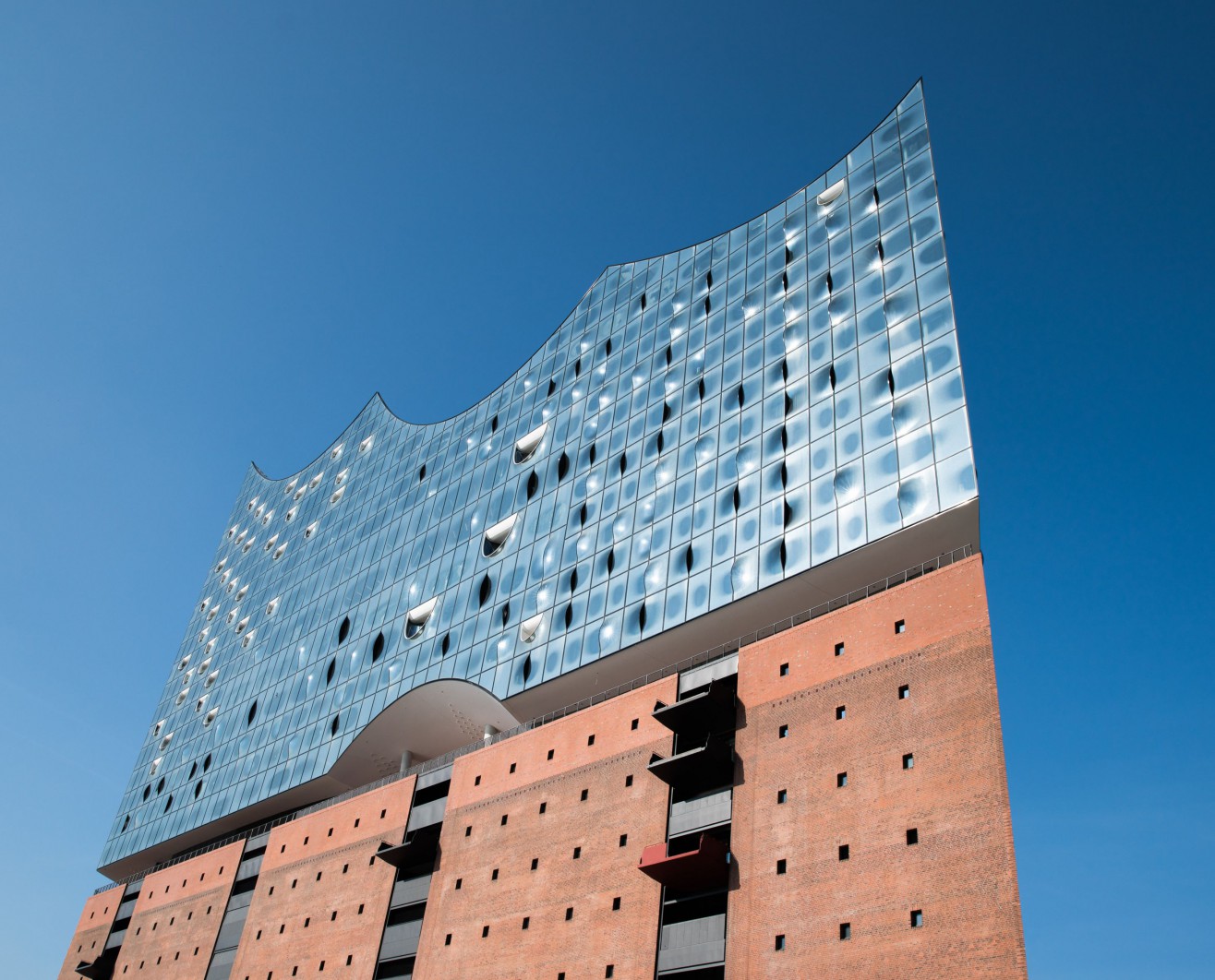
The shape of the roof is curved and looks like a wave, so it is called “The Glass Wave”.
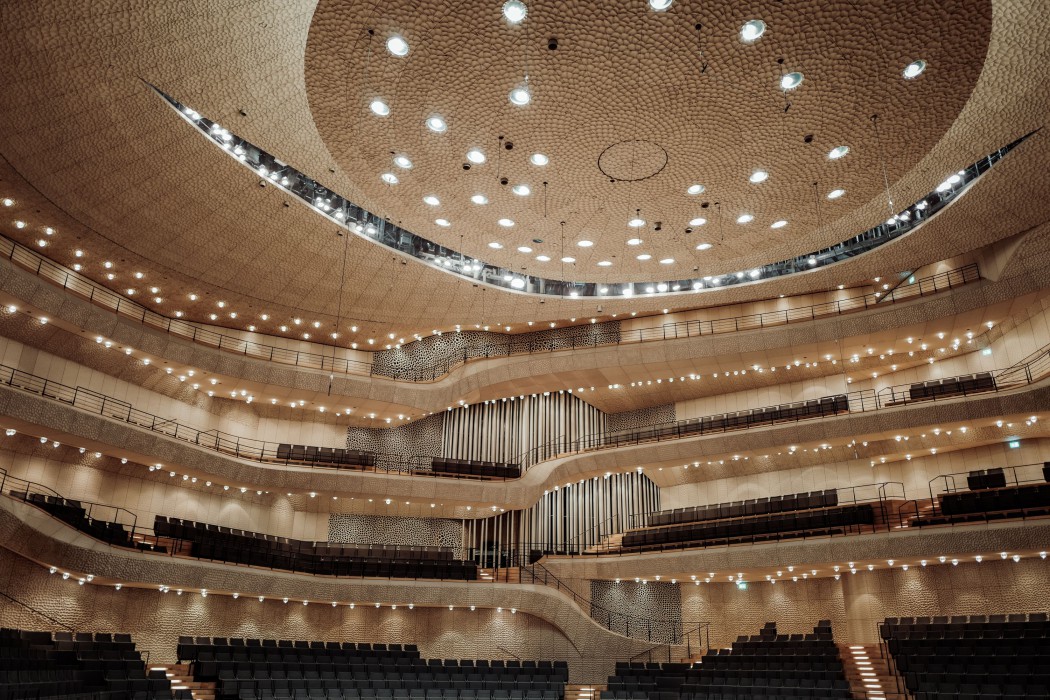
The concept of the Elbphilharmonie in Hamburg was developed by the local architect Alexander Gerard, who wanted to create a new landmark for the city – “a cultural beacon for all citizens”. Architects from Herzog & de Meuron were responsible for the design of the Philharmonie. Originally, the construction of the building should be completed by 2010, but all work has been postponed several times for various reasons. Only after a new contract between architects, builders and Olaf Scholz (Mayor of Hamburg), all construction work was resumed. The grand opening of the Great Hall of the Philharmonic on the Elbe took place on January 11, 2017.
https://www.elbphilharmonie.de/de
Hafencity
One of the world’s largest projects for the development of urban areas near the water and the largest European construction. Here it is planned to create apartments for 12 thousand people by 2025.
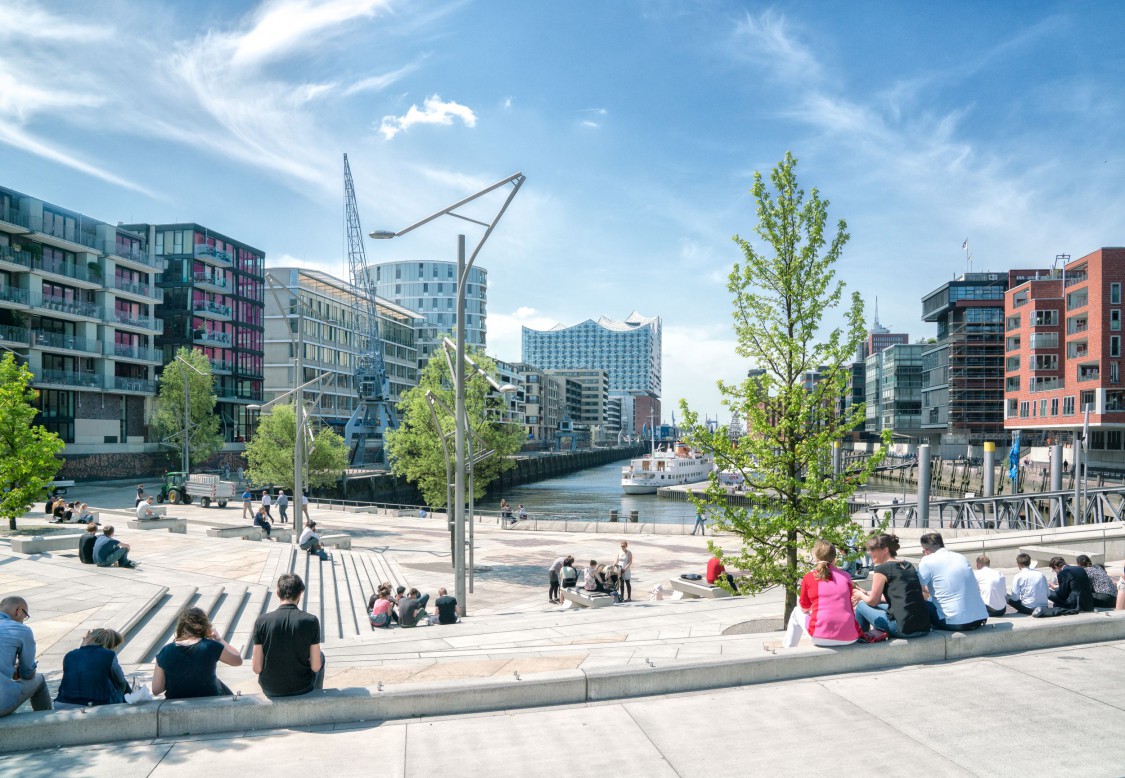
The Hamburg architectural complex HarbourCity (HafenCity) has no analogies to the world. A new stilts area has been built on the former 155 hectare harbor. The harbor city is a “port city”. On the one hand, the district borders on the central part of Hamburg and widens its territory, and on the other, it is the harbor, surrounded by a river and canals, through which the sea transport actively moves.

How everything fits together, you can evaluate yourself during a visit to the HafenCity. This is a unique area whose unusual structure gives the impression of being in the future.
Beach bars & Beach clubs in Hamburg
The reward of long walks and cultural attractions are the beach clubs and beach bars on the Hamburg “Strand”.
In summer, artificial beaches become popular holiday resorts. The Hanseatic city offers many multi-faceted beach clubs and beach bars with a relaxed and unconventional atmosphere.
The 3 favorites we summarize here:
Strand Pauli
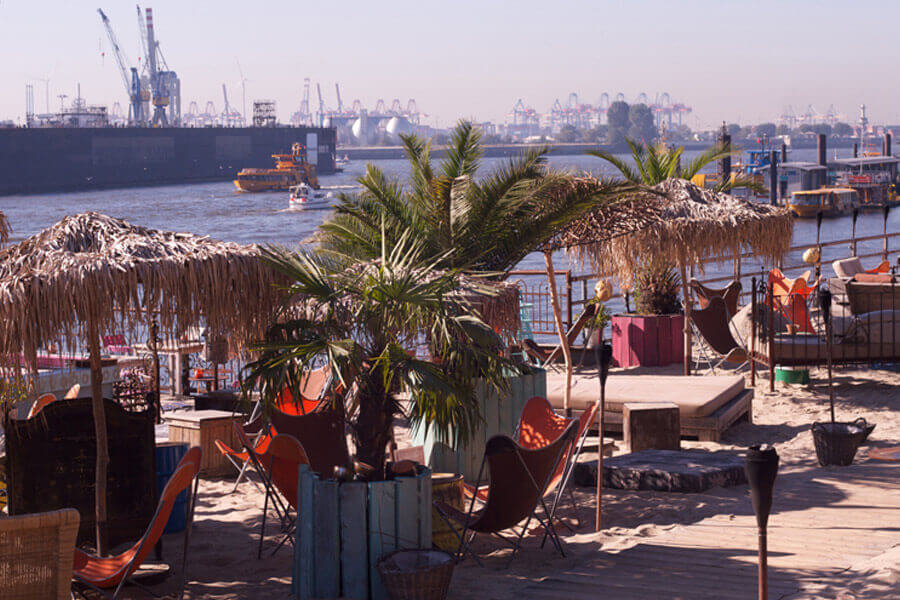
28 Grad Strandbad

Sky& Sand

Hotel recommendation
Last but not least we spent a great time in the wonderful Hotel Mövenpick Hamburg.
The modern 4-star superior Mövenpick Hotel Hamburg is called one of the best hotels in Hamburg for a reason, because it is located in a historic water tower from the 19th century and is located in the immediate vicinity of the green area around the Sternschanze.
The special features of the hotel are the original bricks in the whole interior and above all the authentic sounds in the lobby (like ship horns or seagulls yelling) making the full Hamburg atmosphere experience complete.
https://www.movenpick.com/de/europe/germany/hamburg/hotel-hamburg/overview/
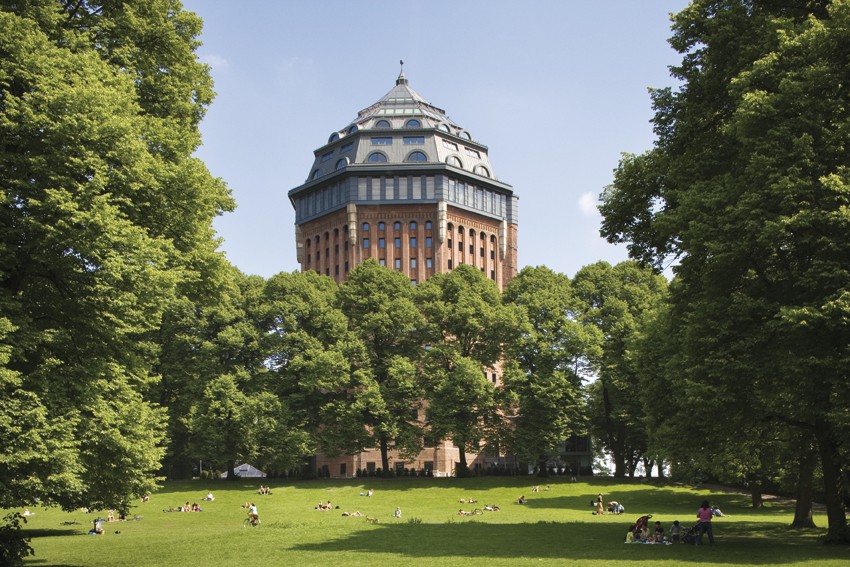

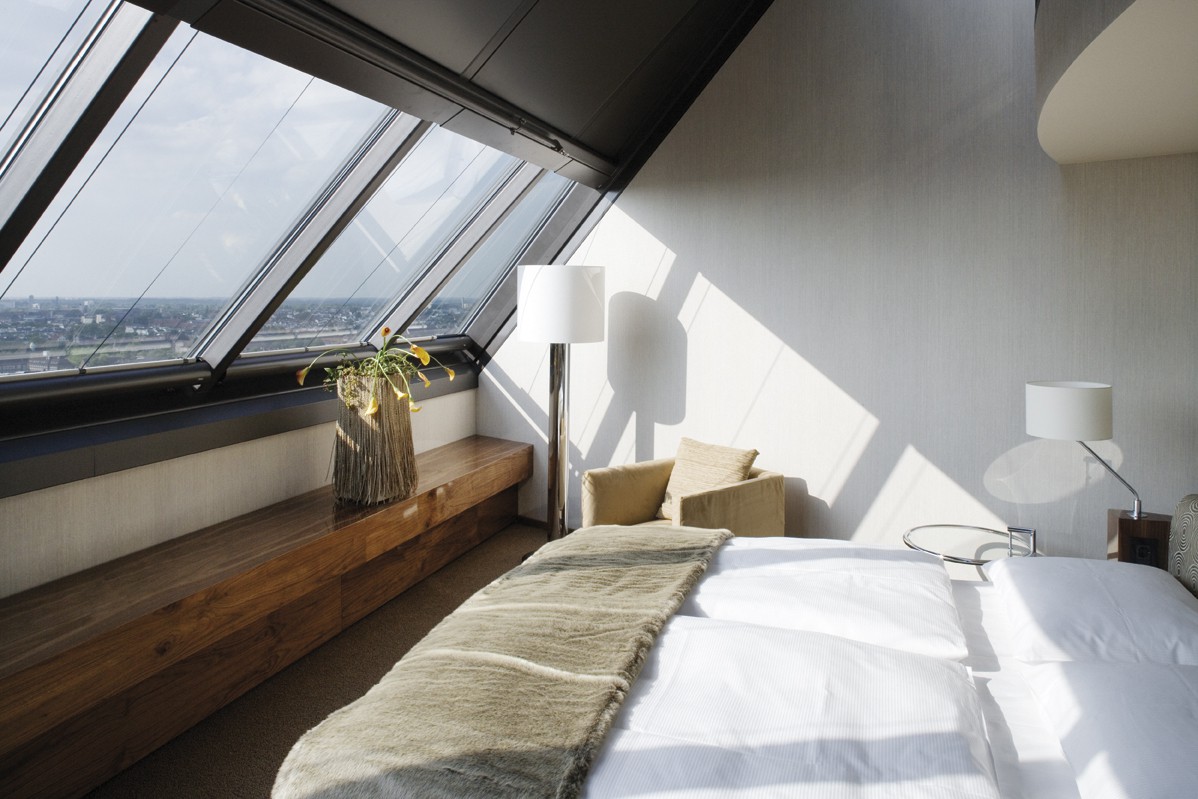


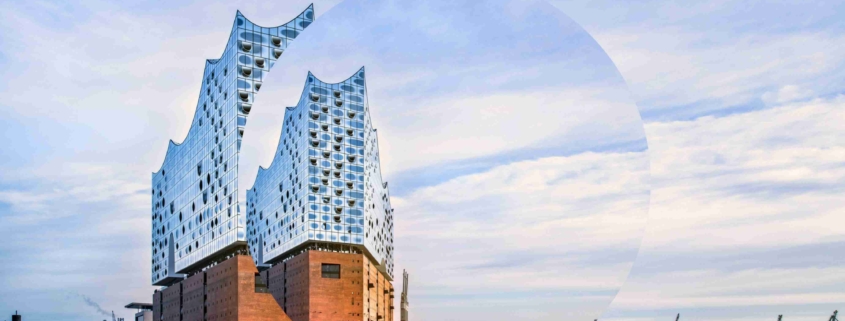





Leave a Reply
Want to join the discussion?Feel free to contribute!